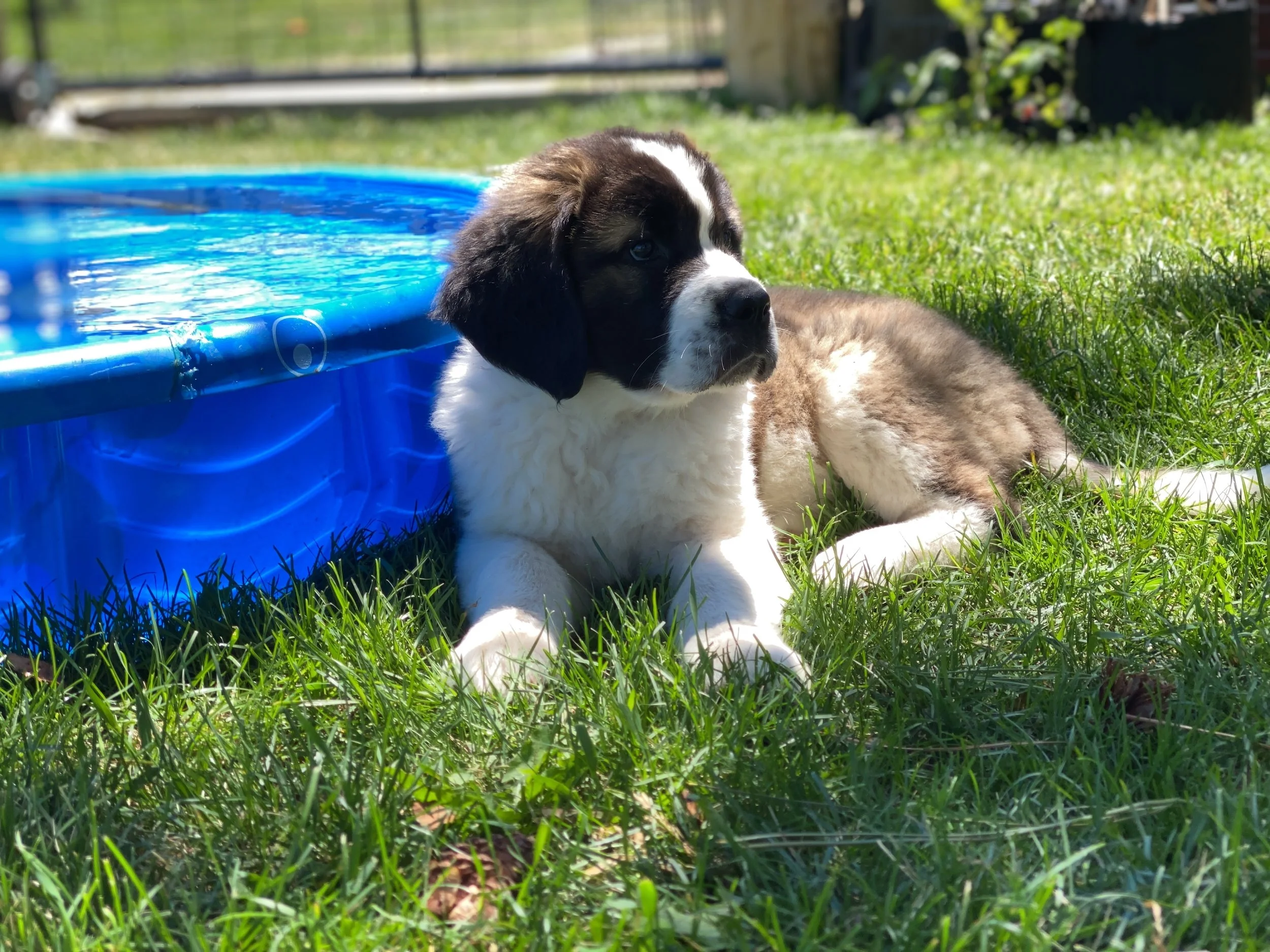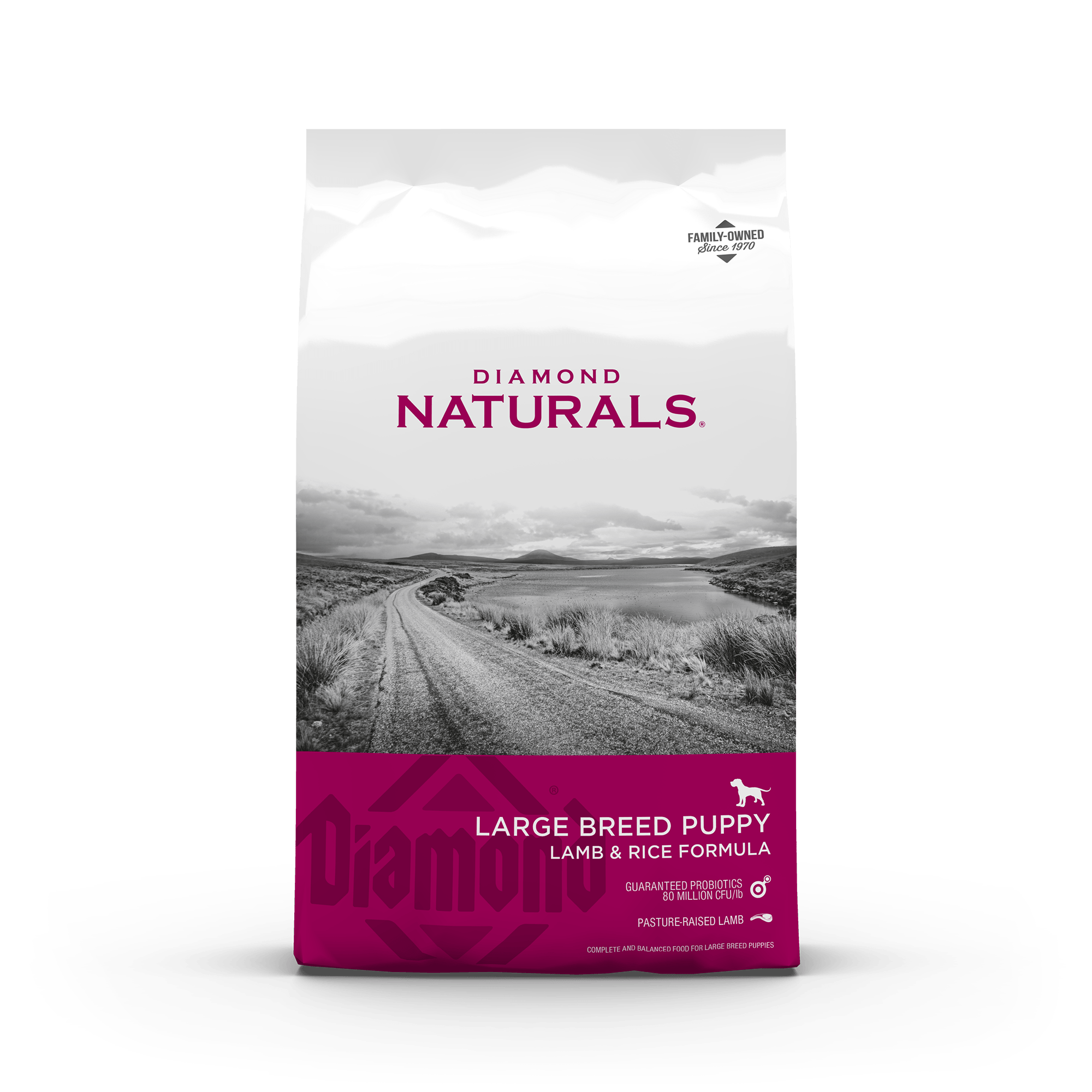
ABOUT US
OUR FAMILY
Our journey with our dogs really began when we had our first son. As most parents know, having children rapidly changes your perspective and focuses your attitude and drive about things. From the start we wanted our children to have the richest experience in life that we can provide, and find all the technology, social media, and entertainment in general to be pervasive, hollow, and fairly dissociative and destructive (in other words “not good”).
To make a short story long, we saw the immense value in keeping as much of God’s creation around us as possible. From chickens, to rabbits, to dogs; we think animals are invaluable tools to teach our sons empathy, grow responsibility, and instill a good work ethic. Kids want to contribute so much and be in on the action. Our oldest loves to feed the dogs, and will get quite upset if this chore is done by anyone else. He helps us weigh our puppies every morning, collect eggs, check water, gather hay, you name it, he’s right there with us.
Our stud and dam are both Saint Bernards, giant and lovable. We bought Timber and Cheyenne from friends who moved and could not keep them on their new property. They have known each other since Cheyanne was a pup with Timber being about a year old when they met; highschool sweethearts.
Our little farm has chickens and rabbits too, which they generally ignore-- until they want a little chase, or I drop an egg out of the nesting box!
TIMBER & CHEYENNE
TIMBER
Timber is a three year old male Saint Bernard. He gets his name from what well call out when he’s about to sit, lay, or gracefully “plop” onto you - “TIMBER!”
We bought him from a local friend about two years ago, and he’s been a steadfast part of our pack since then. He’s gentle, kind, and very athletic and energetic for his breed. He has a long double coat with a splashed red mantle. He weighs between 135-150 pounds, but can run all day with working breeds at the park (or my sons here at home).
He loves food, tug, laying down in a cool spot, and playing with our Rex rabbits. Any attention is good attention for Timber, so he doesn’t mind nail clippings, brushings, or even baths if there’s enough peanut-butter on the wall. He’ll sit, stay, lay down, shake, spin, and bark on command, and a bowl of food or a treat never hurts to motivate him either.
He’s already such a proud papa and really just your classic all around “good-boy”.
CHEYENNE
Cheyenne is a one and a half year old female Saint Bernard.
Cheyenne has been a part of our family for almost a year now. She’s the sweetest most patient dog I’ve ever met. She loves to rest her head on your leg, which is great since she’s a dry mouthed Saint. No worries about drool from her. Timber is another story. Her farm friends are the chickens, rather than the rabbits. She loves to chase them around the yard and corral them into their run.
She has a medium length, slightly rough double coat with a full sable mantle and a beautiful black mask that almost covers her entire face. She usually weighs about 115 pounds, but nursing pups is hard work, so she’s a little learner these days.
HEALTH
FEEDING
-
Our puppies are nursed by their mother for the first three weeks of life. By the fourth week, they are slowly weaned by transitioning them to solid food mixed with water and formula. We give our puppies Large Breed Puppy Food in order to prevent them from growing too rapidly. Feeding your puppy standard dog food can cause bone and joint issues. We will send you off with the kibble they’ve been eating.
-
Three to Four meals a day with adequate exercise. At this time your puppy should be 30-45 pounds. If you decide to transition them to a different brand of food try to find a brand that does not contain soy or corn. Glucosamine, Chondroitin, Calcium, and Phosphorous are also extremely important for these dogs as they contribute to strong bones and healthy joints, which can be an issue with this breed if nutrition is neglected.
-
At this time two meals a day is adequate for your dog, unless instructed otherwise by your vet. Our stud is given three cups per meal and our dam two cups unless she is nursing, in which case we give her as much as she needs.
You can find growth charts for your breed online, but keep in mind that these Saints are leaner and bred more with their older, working traits to combat some of the defects in the breed.Our growth chart below will give you a better idea of what to expect concerning the weight gain of your dog. Keep in mind that the numbers can vary anywhere between five and twenty pounds up or down.
SAINT BERNARD GROWTH CHART
Crude Protein 27%
Crude Fat 15%
Crude Fiber 3.5%
Moisture 10%
DHA .05%
Calcium 1.2%
Phosphorous 1.0%
Omega-6 2.0%
Omega-3 .3%
VACCINATIONS
Our vaccine schedule may seem a bit different from what you’ve read online. We start them later and allow for larger gaps in time between them to manage stress in the puppies. We don’t want overactive adrenal glands or an enlarged amygdala in your puppy. If you reserve a puppy, and wish to vaccinate them yourselves around the 16-22 week mark, that is fine by us. Just let us know and we will hold off on any vaccinations. Keep in mind that if you wish to enroll your puppy in training or socialization classes, they may require that your puppy be vaccinated. Just something to keep in mind.
10 WEEKS
We vaccinate for Distemper (CDV), Parvo (CPV-2), and Adenovirus (CAV) at 10-12 weeks, before they leave us to join you.
16 TO 22 WEEKS
Distemper (CDV), Parvo (CPV-2), and Adenovirus (CAV)
24 TO 30 WEEKS
Parvo (CPV-2)
6 TO 8 MONTHS
Rabies - No Thimerosal (Mercury) or Aluminum compounds
Give this vaccine is at least 4 weeks from prior vaccines
1 YEAR
Distemper (CDV), Parvo (CPV-2), Rabies
Ask for the 3-year Rabies vaccine rather than the 1-year. Give this vaccine at least 4 weeks apart from prior vaccines. Do not give this vaccine until well before or after you plan to spay or neuter your dog. Request from your vet Lyssin or a tautode to detoxify any unwanted compounds potentially in the vaccine.
SPAYING AND NEUTERING
SPAYING
Do not spay your dog until after they have reached sexual maturity. Doing so can lead to incontinence and other growth issues. Allow your female to go through 2 heat cycles before spaying.
NEUTERING
Do not neuter your male dog unless behavioral issues arise and cannot be resolved despite numerous earnest attempts to do so. Neutering a male dog effects them the same way it would a man. They will develop structural issues in their musculoskeletal system and they may become lethargic (something you don’t want in an already placid breed).
SUPPLEMENTS
We recommend Glucosamine, Chondroitin, MSM, Turmeric, Vitamin C, and Fish Oil for joint health.
TRAINING
EXPERIENCE
At Big Sky Saint Bernards, our puppies are well socialized with babies, toddlers, men, women, chickens, rabbits, you name it. They will play with papa and cuddle with mama, and get to experience all of the goings on you’d expect from a typical American home.
The importance of socialization is largely dependent on the location and lifestyle of the owner. If you live in the middle of 20 acres or more, you might not need the level of “puppy school” that someone does if they live in a suburban neighborhood with lots of other dogs and kids running around. We recommend it but we leave that to your discretion as the owner. Keep in mind that if you do enroll them in these types of classes, they won’t be fully vaccinated against Parvo until they are 24-30 weeks old. Dog parks and pet stores also pose higher risk of exposure to Parvo for your puppy.
Your puppy will come already knowing a few tricks; sit, stay, shake, and spin. They will be able to wait until you give your signal of approval for them to start eating at meal time.
BOUNDARIES
Your puppy should always know it’s place in the pack, and the heavier they are the more this applies. Your dogs place in the pack is below every human-being in your home. Lead your walks, and work on changing direction to begin establishing the hierarchy. Don’t let them get on furniture. It’s perfectly okay to let them know they aren’t allowed in particular spaces such as the kitchen (or hen house).
Use plenty of positive reinforcement and high value rewards if what they’re doing is difficult for them. Saint Bernards are an eager to please, sensitive breed, so a little goes a long way with them.
They are also descendants of the mollosus and of wolves, and these canines do engage in negative reinforcement in the appropriate context. Don’t overdo it, but a firm poke, posturing over your dog, or otherwise forcing submission if something unacceptable is going on won’t ruin your dog, contrary to popular opinion. Raising your voice is something they don’t comprehend. This, along with any kind of physical abuse; hitting with hand, palm, instrument, thrown objects, is neither ethical or practical, and would best be avoided (even at or perhaps necessarily at the cost of not owning a dog).
LIMITS
Allow your puppy to play with other puppies of comparable size. Too big a playmate and they could injure their joints, too small and they may be the ones doing the injuring. Don’t walk, bike, or hike with them too far or for very long. They need lots of rest to grow!
Saint Bernards are slow to develop and growth plates are not closed until around 18 months of age. Care must be taken to avoid damaging these growth plates by jumping out of vehicles, jumping over obstacles, or running down stairs. This is very important because this can lead to osteochondrosis-dissecans lesions in the joints and other types of orthopedic dysplasia.
As a descendent of the ancient mastiff, Saint Bernards have an inborn need to be around the family. They are steadfast protectors and loyal (mostly silent) sentries. They do not do well if left alone, especially for extended periods of time. They like it cold, but they don’t mind warm spring or summer outings as long as water is readily available.





